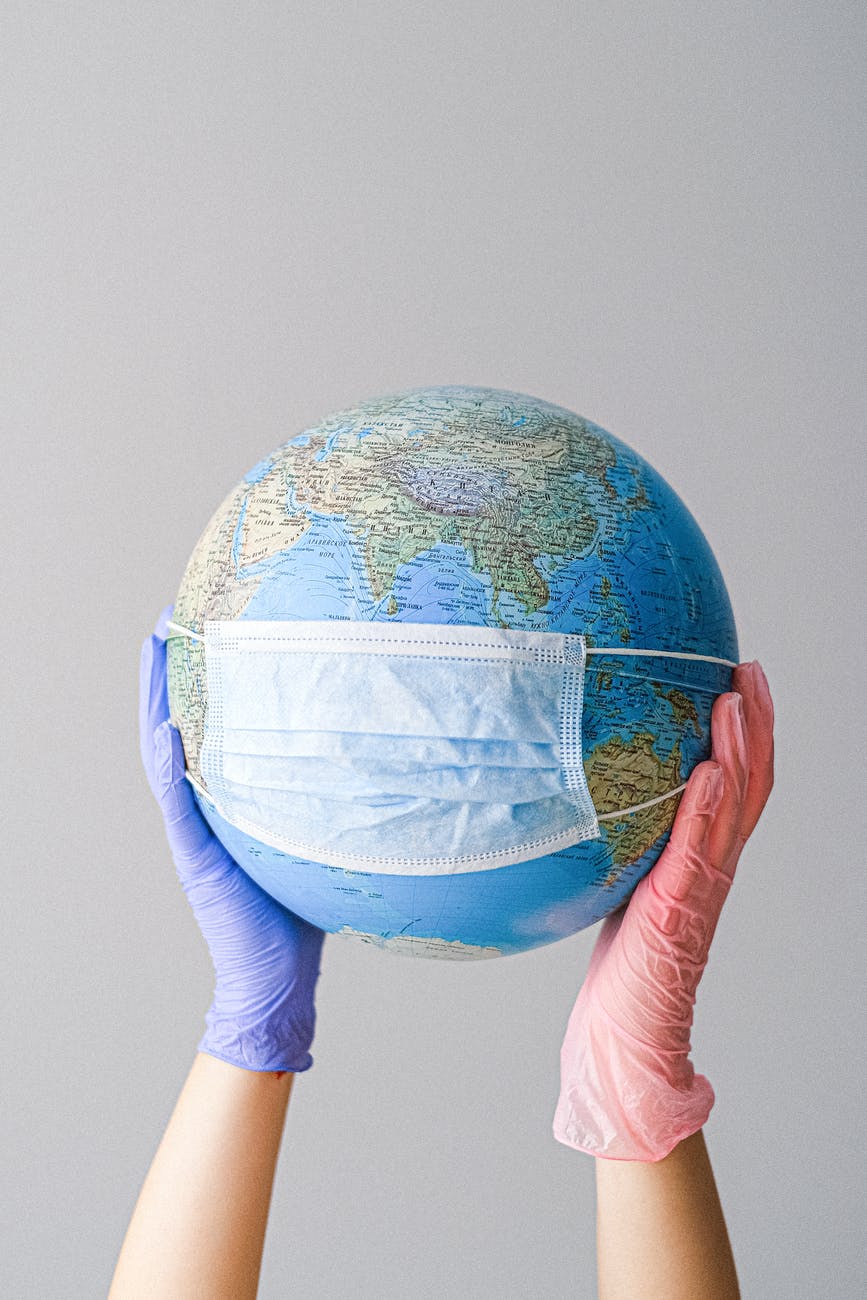IMPACT OF CORONAVIRUS ON THE PEOPLE BELOW POVERTY LINE


Just how has COVID-19 affected extreme Income poverty throughout the world? We might never know the full answer. Poverty information drawn is typically from household surveys, and for obvious reasons, it is nigh impossible to conduct appropriate surveys under present conditions in many countries. But we do understand that the most powerful driver of poverty is economic development. For this sign, the International Monetary Fund has only made new estimates for 2020 and beyond where inferences can be made to the effect on poverty.
According to the latest World Bank report published October 7, the planet will have 88-115 million „new extreme poor“ individuals in 2020 due to the novel coronavirus disease (COVID-19) pandemic. The amount could rise to as many as 150 million by 2021. The global intense poverty rate is estimated to increase by approximately 1.3 percentage points, to 9.2% in 2020. If it was not for the pandemic, the poverty rate was anticipated to fall to 7.9% in 2020. This is almost twice the number of „new extreme poor“ estimated by the World Bank in April 2020. Six months back, 40-60 million people were estimated to become extremely poor in 2020 eventually.
The majority of the „new extreme poor“ will be in states with high poverty rates. Several middle-income countries will see significant numbers of individuals slide under the extreme poverty line. According to the new World Bank estimates, approximately 82% of the total will probably be in middle-income nations.
In 2019, a total of 650 million people were thought estimated to be in extreme poverty, and given likely expansion trajectories, and poverty was on a path of a continuous reduction in most countries, as well as from the aggregate.
Today, the pattern is very different. Some small data updates impact the historical record–2019 might have been a better year than previously believed, with slightly fewer bad people in the world. But in 2020, the effect of declining expansion will be substantial. The numbers could increase to 120 million. Compared to the standard route for poverty, the 2020 figure is 144 million individuals higher. A number of this will be counted as economies start to recuperate in 2021, but the longer-term scenario suggests that half the poverty growth could be everlasting. By 2030, the number of poor people could still be greater than the baseline by 60 million individuals.
Far and away, India’s most significant impact is a specific case in having a high number of highly vulnerable people, only recently escaped poverty, combined with a very substantial expected fall in economic development. This has radically shifted its poverty trajectory, which had been trending downhill. India is not the nation with the largest number of extremely poor people; now it is Nigeria. Still, it will reclaim its name this season, adding 85 million people to its own poverty rolls in 2020 as the numbers will increase yet again.
COVID-19 is generally seen as a shock to economic development, which is temporary. Indeed, China’s experience, which has had a sharp V-shaped recession and recovery, reveals this could be the case. For most countries, however, the financial harm could be long-lasting, which is the actual threat to households that were pushed below the poverty line. Even though it is for a short period, it is an unpleasant experience to live in poverty, but some families have coping mechanisms–resources they can market, help from authorities, relatives, and neighbors. But over more extended periods, poverty leaves permanent scars–malnutrition, susceptibility to disease, missed instruction. For this reason, it’s useful to check out the longer-term impact of COVID-19 on poverty, despite all of the caveats associated with any decadelong financial forecasts.
The Asian countries such as Bangladesh, India, and the Philippines will be in poverty because, in Asia, the trend growth rates are higher, so the impact of the recession on poverty is quickly reversed. By contrast, in the African countries, trend economic growth is slow, so the effects of COVID-19 could set back growth for many decades.
While the trajectories outlined above seem gloomy, they are not permanent. The important lesson learned from the COVID-19 is that money transfers to poor families can be fast and efficiently deployed. Many countries now have digitized rolls of households eligible for social aid, along with a capability of making cash payments into bank accounts or into mobile wallets from which cash can be extracted at enrolled dealers. By way of example, Pakistan introduced the Ehsaas Emergency Relief application in April 2020 to supply 12 million households with a cash equivalent of $75. Because of a national registration scheme, families could send an SMS message to a designated number with their ID number to find out if they had been eligible to receive support or not. Simple criteria such as overseas travel, automobile registration, and monthly phone bill were cross-checked against broader socioeconomic data to ascertain eligibility.
Once eligibility was confirmed, a family member could utilize a previously issued biometric ID card to receive cash at any of the 18,000+ branches of two local banks.
If these systems could be put in Place, extreme poverty can be eradicated at a worldwide cost of about $100 billion. The number had already stabilized at about $90 billion earlier COVID-19 and has now been pushed higher.
The poverty gap could be filled by A combination of national and global resources. It can be compared to the official aid of $105 billion in 2018 (net disbursements to developing countries). It is a small percentage of the $2.5 trillion which the IMF has indicated that developing countries should spend to respond appropriately to COVID-19.
There is no technological or Financial motive to accept the reversals in global poverty that has been wrought by COVID-19. The damage Is a Result of a lack of political will and Global Leadership in the situation. Throughout 2012-2017, the expansion has been inclusive, and the incomes of the poorest 40% of the population climbed. In reality, the typical global shared wealth (increase in the lowest 40 %) was 2.3% throughout the period. Without coverage activities, the COVID-19 crisis can cause a growth in earnings inequality.
